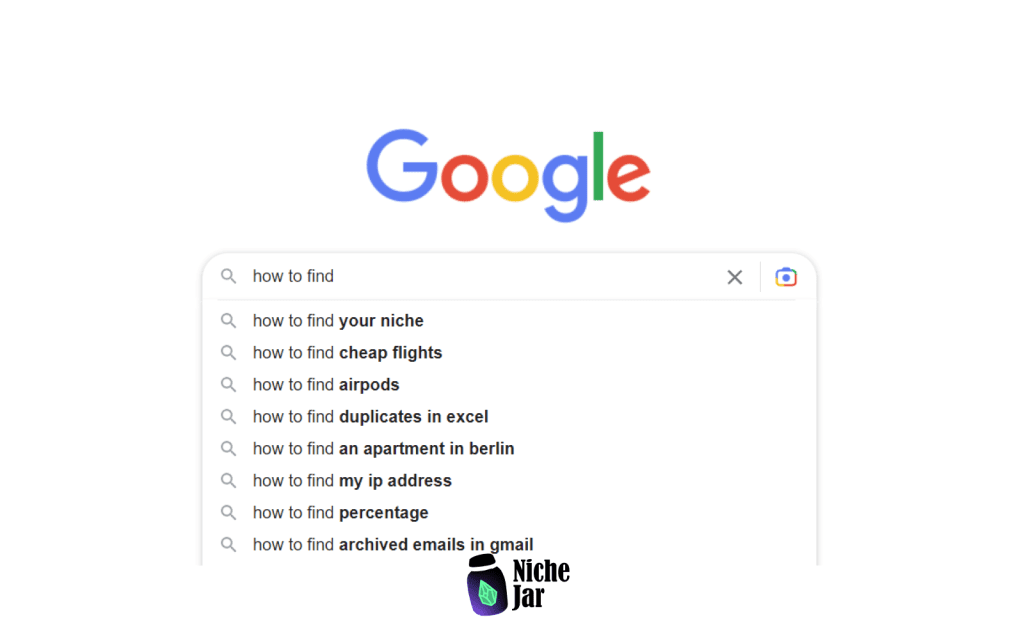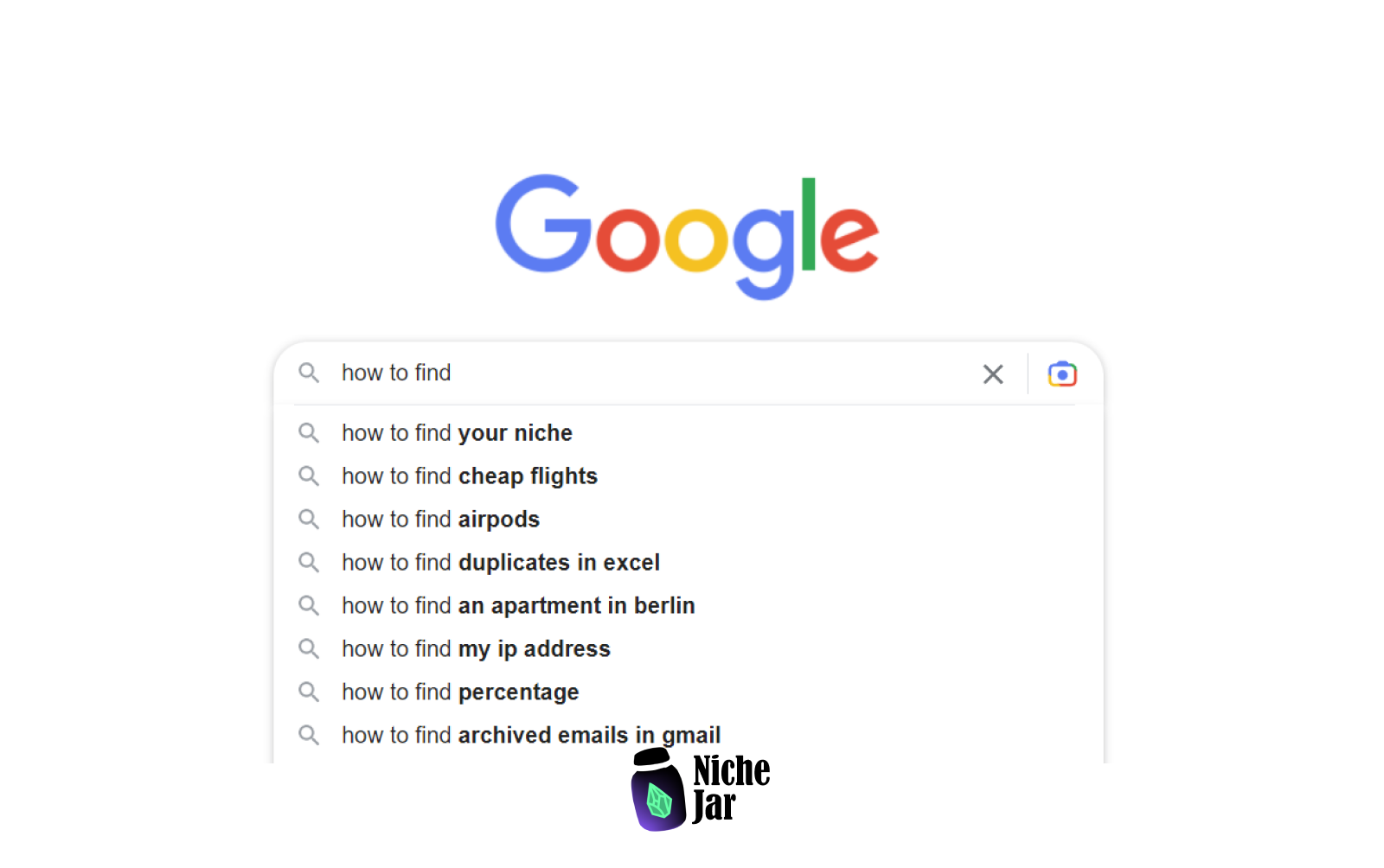- mrpugo
- 0 Comments
- 1384 Views
Hey there! Here’s a quick guide on how to discover buyer intent keywords for your affiliate marketing strategy. Hope it helps!
Affiliate marketing is an excellent way to monetize your blog or website. However, finding the right keywords to target can be a daunting task, especially if you’re not sure where to start. One of the most effective ways to drive traffic and increase your affiliate sales is to focus on buyer intent keywords. These are the keywords that indicate a potential customer is looking to buy something. In this blog post, we’ll explore how to find buyer intent keywords for affiliate marketing.
This document provides a guide on how to find buyer intent keywords for affiliate marketing. The guide includes various tactics such as researching competitors, using long-tail keywords, addressing common questions, and using keyword research tools. The document emphasizes the importance of finding the right keywords to target and creating high-quality content that includes relevant affiliate links.

How to Rank a Website and Make Money
Ranking your website for the right keywords can bring in thousands of dollars per month in revenue. This is true whether you’re an affiliate, an e-commerce retailer, or a SaaS company.
However, it’s not always easy to go after the biggest and most profitable search terms. The competition is often so entrenched that you’ll need a lot of capital and a media empire to break through.
If you want to learn how to get ahead while running a lean operation and find low-competition affiliate keywords with strong buying intent and predictable traffic, keep reading!
What are buyer intent keywords?
Buyer intent keywords are words that show someone wants to buy something. You can write content that’s aimed at people who are thinking about buying something by using these keywords.
Affiliate marketers often use these keywords because people who use them are usually close to buying something online.
You need to use good writing, images, and things that make people want to do something.
But it all starts with picking the right words.
How to find keywords with less competition
So a lot of these examples are great if you’re specifically looking to promote physical products on Amazon or at another retailer.
They tend to have a lot of search volume, but you’re often competing with ultra-savvy people to rank.
Instead, we can look at the long tail for our commercial intent keywords.
If you can be smarter than your average bear and think one level removed from the buying cycle, you can find keywords with amazing buyer intent and low competition.
Here are some tactics for finding profitable buyer intent keywords you can rank for without selling your organs for backlinks:
1. Research competitors in your niche
You may know of sites in your niche that are doing well. You can use a keyword research tool like Ahrefs to find the pages on their website that get the most traffic. However, this is just a guess and may not show the best keywords. You can also search for your competitor’s website using terms like “best”, “worth it”, “vs”, “budget”, “cheap”, “review”, etc. in Google. Another way is to check out your competitor’s sitemap. Visit yourcompetitor.com/sitemap.xml and look for words like “best” and “vs” to find their content.
2. Niche down (Best X for Y)
Instead of targeting a competitive keyword like “Best X” (e.g. “best digital cameras”), you can target something more specific, like “best digital cameras for video”. You can go even more specific by using a brand name, like “Sony cameras”. Then your keyword becomes something like “best Sony camera for YouTube” or “best Sony camera for video”.
How to apply this technique: Use Google’s autocomplete to help you find a more specific target. You can also put your target keyword in a tool like Ubersuggest to get related keywords and an idea of how difficult it might be to rank for them.
The good thing about this strategy is that you might end up ranking for “best Sony camera” anyway.
3. Make it current (Best X in 2020)
Adding the year to your search term is a simple way to attract people looking for the latest information. This works especially well if your competitors haven’t updated their articles in a while or forgot to include the year.
This is a common tactic to improve click-through rates, as it promises up-to-date and relevant information.
4. Solve a Specific Problem
Think of a particular group of people and how you can help them overcome a problem.
For example, if you’re an ex-pat living in Germany, you may deal with German bureaucracy and paperwork. You could write an article like “How to Navigate German Bureaucracy as an American in Berlin.” In this article, you could share useful affiliate products like the bank you use, translation services, and notary services.
Even though people may not be strongly motivated to buy, commissions from these types of products are often higher and can make up for it.
Try to focus on a specific group of people who have a particular issue or circumstance, and build from there. This is a great way to differentiate yourself and stand out.
5. Address Common Questions (Is X Worth It? Is X Overpriced? Is X Too Heavy?)
Target keywords that answer common questions people may have before buying a product. For instance, consider a search term like “Is a Eurail Pass Worth It?” This person is considering buying train tickets but needs a cost analysis. You can provide that!
Addressing potential objections and offering alternatives are both great sections to include in your article. That way, you can talk about issues the reader would otherwise need to leave your site to answer.
If you have a complex topic, consider writing a deep-dive article to discuss the pros and cons of the product you’re promoting.
6. Teach People How to Use the Product
One of the best ways to persuade people to buy your product is to show them the results you got from using it. You can do this by creating a tutorial, a how-to video, or a step-by-step guide. This works well for physical products, but don’t forget about digital affiliate products and services that you can record as part of a screencast.
If you have good photography skills, don’t rely solely on Amazon product images. It is more credible when readers can see that you have had the product in your hands. You can also buy a product just to try it and write a more thorough review.
7. Use Keywords from Help Centers
You can find ideas for articles by looking at the Help Center of a product or by checking questions and answers on platforms like Quora. Then, create longer or more thorough articles on the same topic that match the searcher’s intent better. For example, if ConvertKit’s Help Center is ranking for “convertkit email templates”, you could write an article offering paid templates or do a tutorial on how to customize a ConvertKit template. If people searching for this term are in the pre-buying phase of their consumer journey, it could be a term worth targeting.
8. How to Solve Error Messages
As a software developer, I often search for solutions to strange error messages that occur while working. Did you know that the solution might be software that has an affiliate program?
When writing your article, be sure to include the actual error message or a paraphrased version, and focus on a keyword like “fix X” “X slow” or whatever technical issue you are encountering.
For example, “MacBook Pro slow” is a great keyword. You can find many other relevant keywords, such as “why is my Mac so slow” and “how do I find out what is slowing down my Mac”.
Many sites rank for these terms (with low to medium competition) and promote software that offers a one-click solution to speed up your computer.
9. Using Google Autocomplete
Google Autocomplete is a simple yet powerful tool that can help you find buyer intent keywords. Start by typing in a keyword related to your niche or product, and Google will suggest other phrases that people search for. For example, if you’re promoting weight loss supplements, you might start by typing “best weight loss supplements” into the search bar. Google will then suggest other phrases like “best weight loss supplements for women” or “best weight loss supplements for men over 50.” These phrases indicate that the user is looking for specific products and is closer to making a purchase.
10. Analyzing Competitor Keywords
Another way to find buyer intent keywords is to analyze your competitors’ keywords. Tools like SEMrush or Ahrefs can help you identify the keywords that your competitors are ranking for. Look for keywords that have a high search volume and low competition, as these are typically the ones with the most buyer intent. Once you’ve identified these keywords, create content that targets these phrases, and include affiliate links to relevant products.
11. Using Amazon and Other Marketplaces
Amazon and other marketplaces can also be great sources of buyer intent keywords. Start by searching for your niche or product on Amazon, and look at the phrases that appear in the search bar. These phrases are often long-tail keywords that indicate a user is looking for something specific. Additionally, you can look at the product descriptions and reviews to identify phrases that customers use when looking for products like yours.
12. Using Keyword Research Tools
In addition to the methods mentioned above, using keyword research tools can help you find buyer intent keywords. These tools can provide you with a list of related keywords, their search volume, and their competition level. Some popular keyword research tools include Google Keyword Planner, Ubersuggest, and Moz Keyword Explorer.
When using these tools, look for keywords that have a high search volume and low competition, as these are typically the ones with the most buyer intent. You can also use these tools to identify long-tail keywords, which are longer phrases that people use when searching for something specific. By targeting long-tail keywords, you can attract more targeted traffic to your site and increase your chances of making a sale.
Conclusion
Finding buyer intent keywords is an essential part of affiliate marketing. By using Google Autocomplete, analyzing competitor keywords, looking at marketplaces like Amazon, and using keyword research tools, you can identify the phrases that potential customers are using to search for products like yours. Remember to create high-quality content that targets these keywords and includes relevant affiliate links. With the right approach, you can drive targeted traffic to your site and increase your affiliate sales.
To succeed in affiliate marketing, you need to find the words that potential customers use to search for products like yours. Here are some steps to identify those words:
- Use Google Autocomplete.
- Analyze competitor keywords.
- Look at marketplaces like Amazon.
- Use keyword research tools.
Remember, once you identify these words, create high-quality content that includes them and relevant affiliate links. With the right approach, you can drive targeted traffic to your site and increase your affiliate sales.





